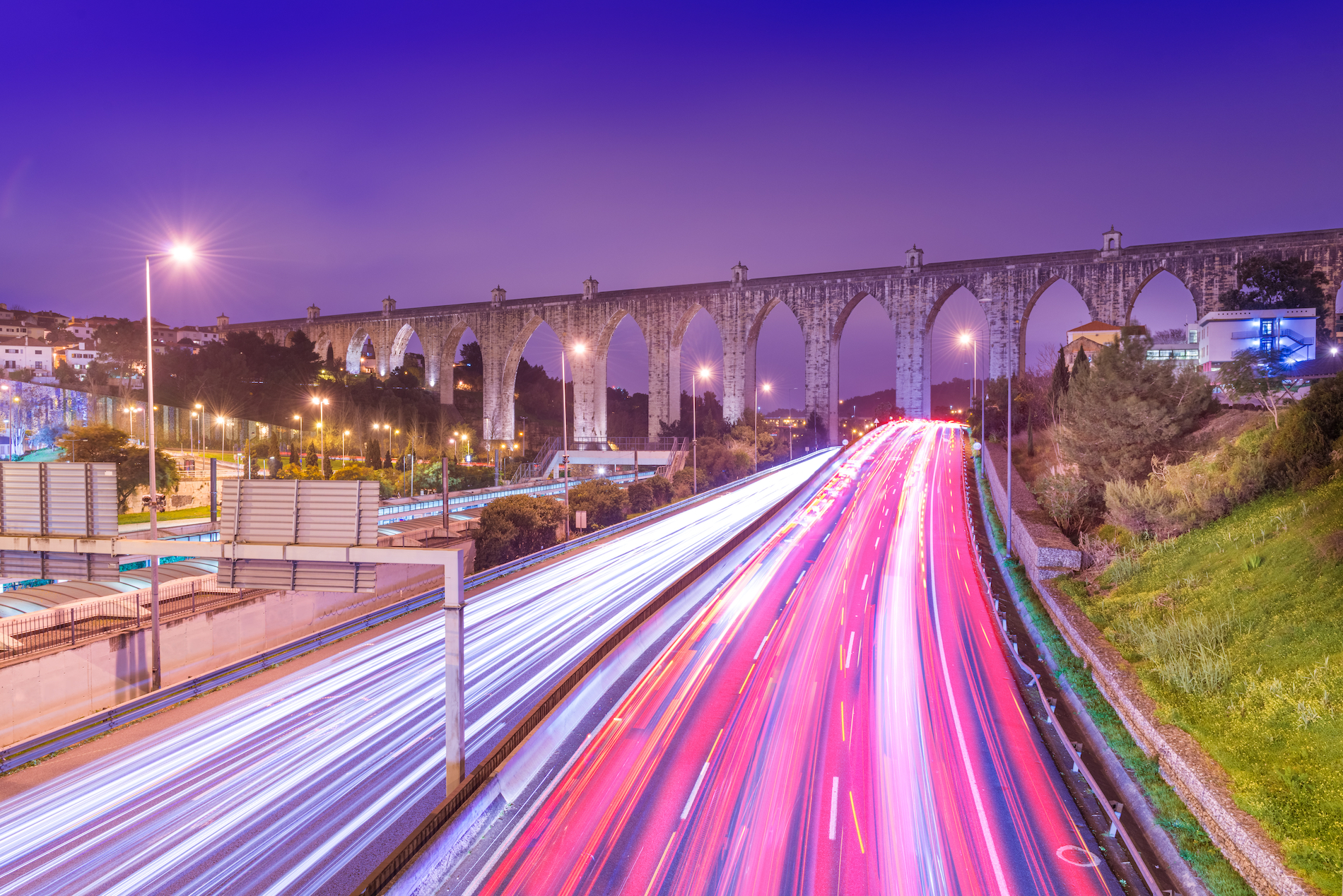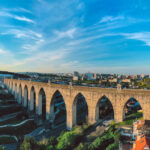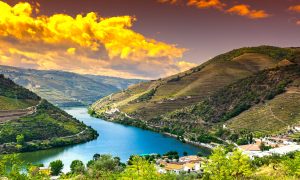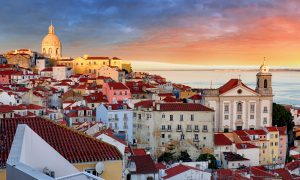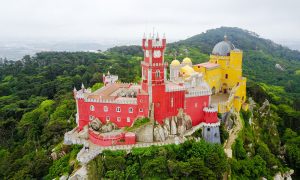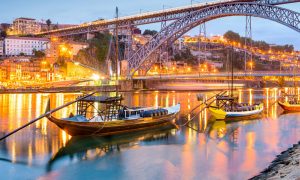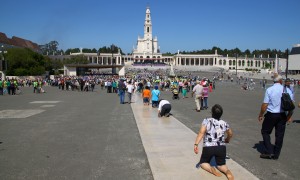Nestled among the hills and historical contours of Lisbon, the Aqueduto das Águas Livres stands as a monumental testament to architectural and engineering prowess. Constructed in the 18th century, this aqueduct is not only a significant historical structure but also a symbol of the period’s ingenuity and vision. As we embark on a detailed exploration of this grand architectural feat, we uncover the layers of history and innovation that have stood the test of time, inviting visitors and locals alike to journey through the annals of Lisbon’s past.
Unveiling the Historical Lisbon Aqueduct
The Lisbon Aqueduct, known in Portuguese as the Aqueduto das Águas Livres, was primarily built to resolve the scarcity of clean drinking water in Lisbon. Initiated by King John V in 1731, the construction was funded by a tax on olive oil, wine, and meat, illustrating the king’s commitment to public health and welfare. The aqueduct spans a remarkable length, stretching over 14 kilometers from its sources in the parish of Caneças down to the reservoir in the Amoreiras district of Lisbon. This colossal structure not only highlights the architectural ambition of the time but also its pivotal role in the development of the city.
In the mid-18th century, the aqueduct survived the catastrophic 1755 Lisbon earthquake, a testament to its robust engineering and the skill of its builders. The resilience of the Aqueduto das Águas Livres amidst such widespread devastation helped preserve a vital lifeline for the city’s recovery and continued growth. This event significantly bolstered the aqueduct’s reputation, symbolizing safety and endurance in the face of natural disasters. Today, the aqueduct stands as a historical monument, protected and cherished, with certain sections open to the public for exploration and appreciation of its historical significance.
The architectural style of the Lisbon Aqueduct melds utilitarian function with aesthetic grandeur. The most striking feature of the aqueduct is the series of 35 arches that stride majestically across the Alcântara Valley, with the tallest arch rising to an impressive height of 65 meters. This segment, often referred to simply as “the arches,” showcases a blend of Gothic and Baroque influences, reflecting the artistic trends of the era. The detailed stonework and the sheer scale of construction highlight the advanced level of craftsmanship and technology available during Portugal’s Age of Enlightenment.
Journeying Through Centuries of Ingenuity
The design and construction of the Lisbon Aqueduct were overseen by the Hungarian engineer Custódio Vieira, who creatively tackled the challenges posed by the region’s topography. The aqueduct’s layout, incorporating a series of canals and conduits, utilized gravity to transport water across varying elevations, showcasing early yet sophisticated understanding of hydraulic engineering. This system not only represented a technical achievement but also an early environmental consideration, as it preserved the quality of water while minimizing resource wastage.
Over the centuries, the aqueduct has undergone several expansions and renovations to enhance its capacity and efficiency. In the 19th century, additional reservoirs and feeder channels were added to cope with the increasing demand of a growing city. These modifications were crucial in adapting the ancient structure to the needs of modern Lisbon, demonstrating the ongoing legacy of the aqueduct in shaping the city’s infrastructure and urban landscape.
Today, the aqueduct is not just a relic of the past but a vibrant part of Lisbon’s cultural heritage. It is a favorite subject for photographers, historians, and tourists, and serves educational purposes as well. Various segments of the aqueduct, particularly the expansive stretch over the Alcântara Valley, are accessible to the public. Walking tours and exhibitions focus on its history, engineering, and impact on Lisbon, enriching visitors’ understanding of how historical infrastructure can continue to influence contemporary society.
The Lisbon Aqueduct is more than an architectural marvel; it is a bridge connecting the past to the present, reflecting centuries of ingenuity and continuous adaptation. This journey through time reveals not only the technical advancements of historical Lisbon but also the enduring spirit of its people. As we walk through the arches of the Aqueduto das Águas Livres, we walk through history itself, reminded of the lasting influence of our ancestors’ visions and achievements on our modern world. Whether you are a history enthusiast, an engineering aficionado, or simply a curious traveler, the Lisbon Aqueduct offers a unique glimpse into the heart of Portuguese heritage.

Gonzalo
Founder/Owner of The Lisbon Guide, one of the major blog references in Portugal, established in 2014 and receiving every year 250.000 visitors from all over the world, looking to provide the best experiences in Portugal. In partnership with Portugal Magik for all private tours and transfers across Portugal, Gonzalo loves a good seafood meal at Monte Mar Cascais, and all from Michelin Chef Avillez. Favorite Hotel in Lisbon/Portugal, Penha Longa Resort by Ritz Carlton.
For over 15 years, Gonzalo have been helping thousands of travelers yearly to plan a perfect trip to Portugal. Based in Lisbon/Cascais and working in this field for over 20 years, with multiple ongoing projects. Also an avid TripAdvisor user level 6 with more than 300.000 readers worldwide.
Many years working also as a Private Guide of Lisbon, Sintra, Fatima, Porto, Douro Valley, Evora, and other locations in Portugal.

